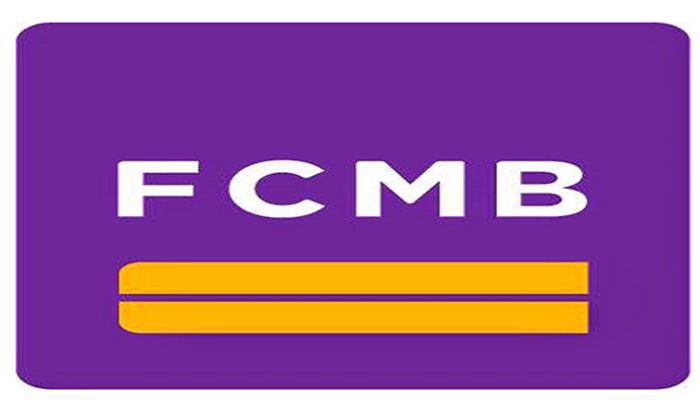IOSCO on Thursday published two reports analysing important market risks. It has called for an improvement in practices in the leveraged loan market and highlighted weak transparency in Private finance.
Mhairi Jackson, Chair of Committee 3 on Regulation of Market Intermediaries, said “These good practices are designed to support sound LL and CLO market practice and further IOSCO’s market integrity and systemic risk objective. A prolonged borrower-friendly environment has impacted market practices, giving rise to covenant-lite LLs, increased complexity of LL documentation and the aggressive use of EBITDA adjustments. We strongly encourage Leveraged Loan (LL) and Collateralised Loan Obligation (CLO) market participants to actively participate in the consultation process.”
Christina Choi, Chair of Committee 5 on Investment Management, said “IOSCO has followed the evolution of the Leveraged Loan (LL) and Collateralised Loan Obligation (CLO) markets for some time. The proposed set of good practices are an important step towards mitigating some of the vulnerabilities observed in our work, particularly the possible conduct and conflicts of interest risks observed across the intermediation chain – from LL origination through the distribution of the CLO notes.”
IOSCO’s second report published today says that private finance markets are inherently opaque and presents challenges for regulators and for market participants to understand the scale of risk in these activities.
The connections between private markets and other parts of the financial system may also provide avenues for the transmission of risk into public markets.
IOSCO is concerned that the sector may be tested going forward and respond in ways that uncover hidden risks, such as excess corporate leverage.
Kate Collyer, Chair of the Committee on Emerging Risks, said “Private financing activities have seen unprecedented growth since the GFC, and the changing macro-financial environment could expose vulnerabilities. It is critical that regulators can monitor developments in private markets and understand emerging risks, particularly in a sector where transparency is more limited.”














